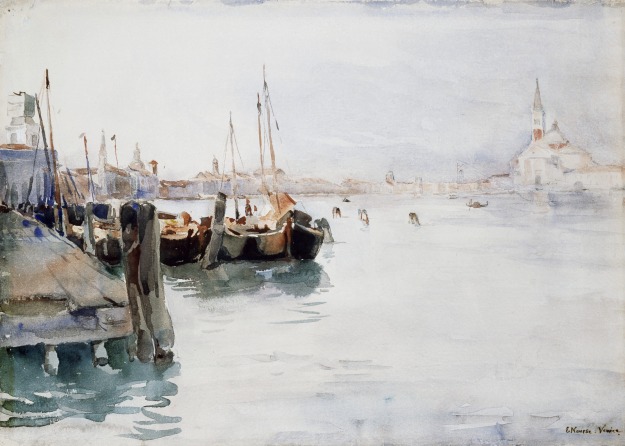We have just been to a most beautiful concert at the Telfair Museum, in the Savannah Music Festival series of chamber music concerts with Daniel Hope and Friends, Accompanied and punctuated by huge claps of thunder from a dramatic storm, the musicians, playing Mendelssohn, Mozart, Beethoven and Brahms, created beauty and elegance that was soul-moving.
Yet, in the midst of all their amazing skill and the thrumming on the roof of the pelting rain, I could not help but marvel at their obvious delight and seriousness of enjoyment of making beautiful music. I was reminded of Picasso's statement that "Every child is an artist. The problem is how to remain an artist once we grow up." Whether in visual arts, ballet, music, singing, or whatever art form, the hallmark of a successful artist, it seems, is that the person remains childlike at some level. That sense of delight, of inquiry, of inquisitiveness and openness seems so necessary. It goes along with a sense of humour and an ability not to take oneself too seriously. Picasso, of course, embodied the impish and playful aspects of art amongst his many characteristics. Certainly his art bespeaks a childlike delight in the simple, the direct and the playful aspects of life.
The quiet camaraderie and sense of humourous enjoyment that showed in flashes between the musicians we heard today spoke to the same ability. Patrick Messina, the wonderful French clarinetist, or the cellist, Eric Kim, Daniel Hope with his extraordinary ability on the violin, or pianist Sebastian Knauer... all combine musicality with an obvious delight that Picasso would approve of. They have remained artists from childhood onwards. We all, in today's audience, were the richer for such artistry.











